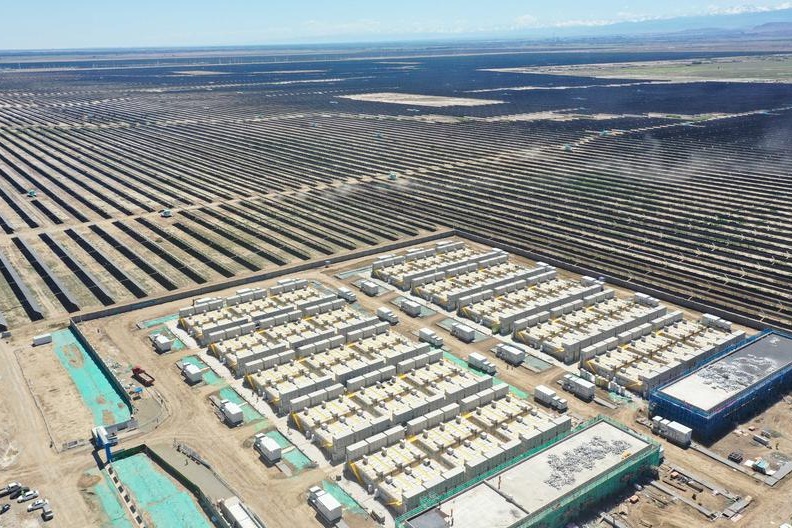Regulation to help target dioxins at waste plants

The Ministry of Ecology and Environment will roll out a regulation on waste-to-energy plant management in the coming years as it beefs up efforts to stop them from discharging noxious chemical compounds known as dioxins, which have been linked to increased risk of cancer.
According to the regulation, which will come into effect on Wednesday, real-time data from online monitoring facilities placed in the plants last year could serve as a basis for law enforcement to suspend a plant's operations.
Even though it was a time-consuming and costly way to monitor dioxin emissions, the mechanism in the regulation could help shorthanded environmental law enforcement teams identify plants engaged in wrongdoing and roll out monitoring actions accordingly, experts with the ministry said.
The regulation mainly targets five pollutants in waste-to-energy plants' emissions and the internal temperature of their incinerators.
If the daily average density of any of the five major pollutants, including sulfur dioxide and carbon monoxide, surpasses national standards, the plants will be subject to fines of up to 1 million yuan ($143,100). Their operations will be restricted or even suspended if they are found with excessive emissions for more than five days in a month.
The average internal temperature of a plant's incinerator every five minutes should be at least 850 C in normal operation. If plants fail to meet that requirement five times a day, they could be fined up to 100,000 yuan. Their operations could also be suspended if they fail to rectify the problem, according to the regulation.
All waste-to-energy plants in China were asked to install online monitoring facilities before October 2017. They were also asked to make real-time data from the facilities public and give environmental authorities access to the data.
Hai Jing, a researcher with the South China Institute of Environmental Sciences, an affiliate of the ministry, said the measures included in the regulation will help enhance dioxin emission control, though the regulation does not directly target such compounds.
"It can be hard to regularly monitor the emissions of dioxin chemical compounds in waste-to-energy plants because monitoring requires airborne vehicles to collect samples and 22 days to get test results," she said.
Hai said it was almost impossible for the ministry to monitor dioxin emissions in the over 1,000 incinerators in 394 waste-to-energy plants across the country, even with its competent personnel fully mobilized.
While excessive emissions of the five major pollutants included in the regulation may suggest dioxin violations, 850 C was an internationally accepted temperature that could significantly reduce the emission of dioxin compounds, she said.
That meant the performance of waste-to-energy plants in accordance with the regulation would help law enforcement officers identify the key targets for dioxin monitoring, she added.
As for dioxin control, "this is the most efficient approach for law enforcement and could also work well in addressing the public's concern", she said.
Lu Jiawei, an associate researcher with the institute, dismissed concerns that monitoring could be falsified without being discovered.
In addition to the density of the five major pollutants and the temperature, the ministry also had access to other data, Li said.
"All the data are highly correlated, so it's almost impossible to falsify data without leaving any hint," he said.
Waste-to-energy plants have increasingly been viewed as a solid choice to address the country's rapidly growing generation of waste.
According to the ministry's latest report on solid waste control, 162 million metric tons of domestic waste were generated in 261 large and medium-sized cities across China in 2013. In 2017, when only 202 of those cities were assessed, the amount of waste had jumped by 25 percent to 202 million tons.
Landfills have traditionally been the first option for waste disposal, but many sites are almost full and it has become increasingly difficult for local governments to find new ones.
Today's Top News
- WIPO: China retains its position as the global leader with 1.8 million patent applications
- Xi sends congratulations to 20th theory seminar between CPC, CPV
- China, Spain to build more strategically resilient, dynamic, internationally influential bilateral ties: Xi
- Xi holds welcome ceremony for Spanish king
- Astronauts' return mission proceeds smoothly
- Vocational education helps youth break the cycle of poverty






























